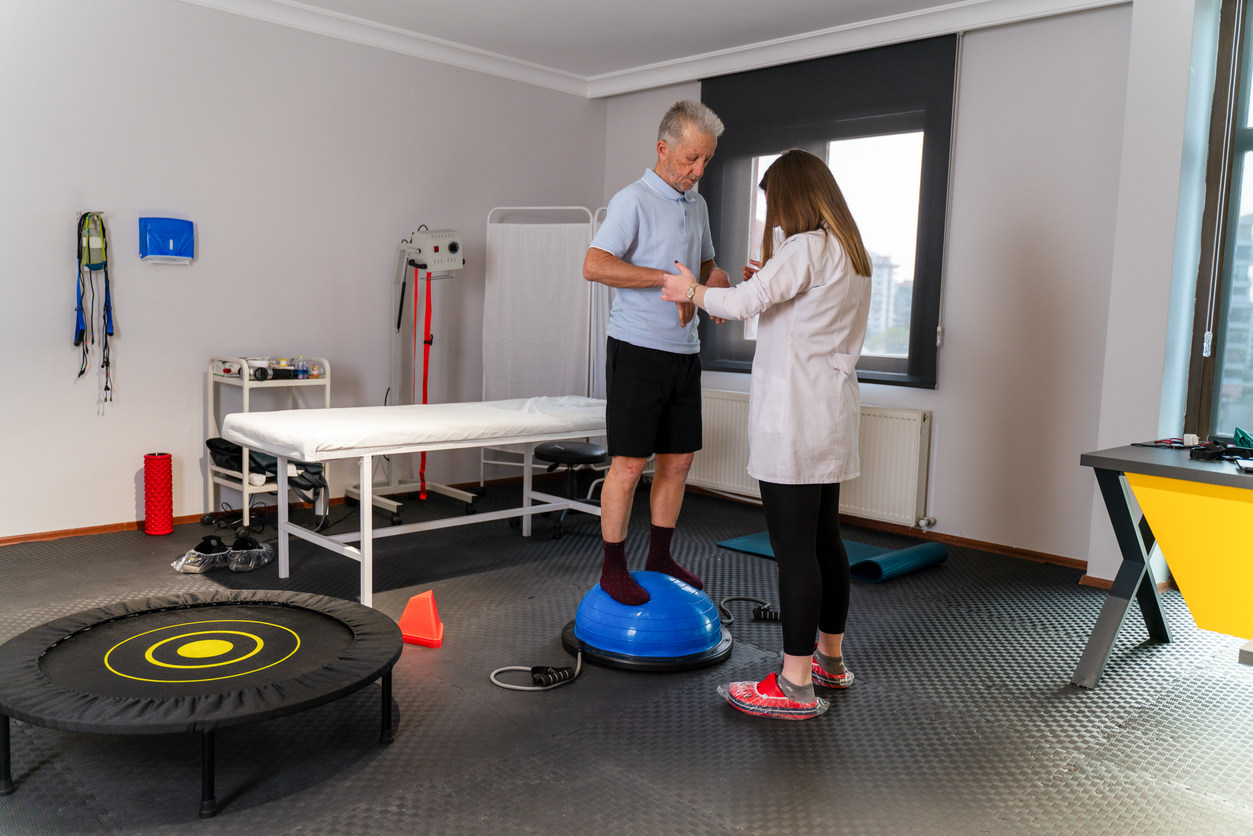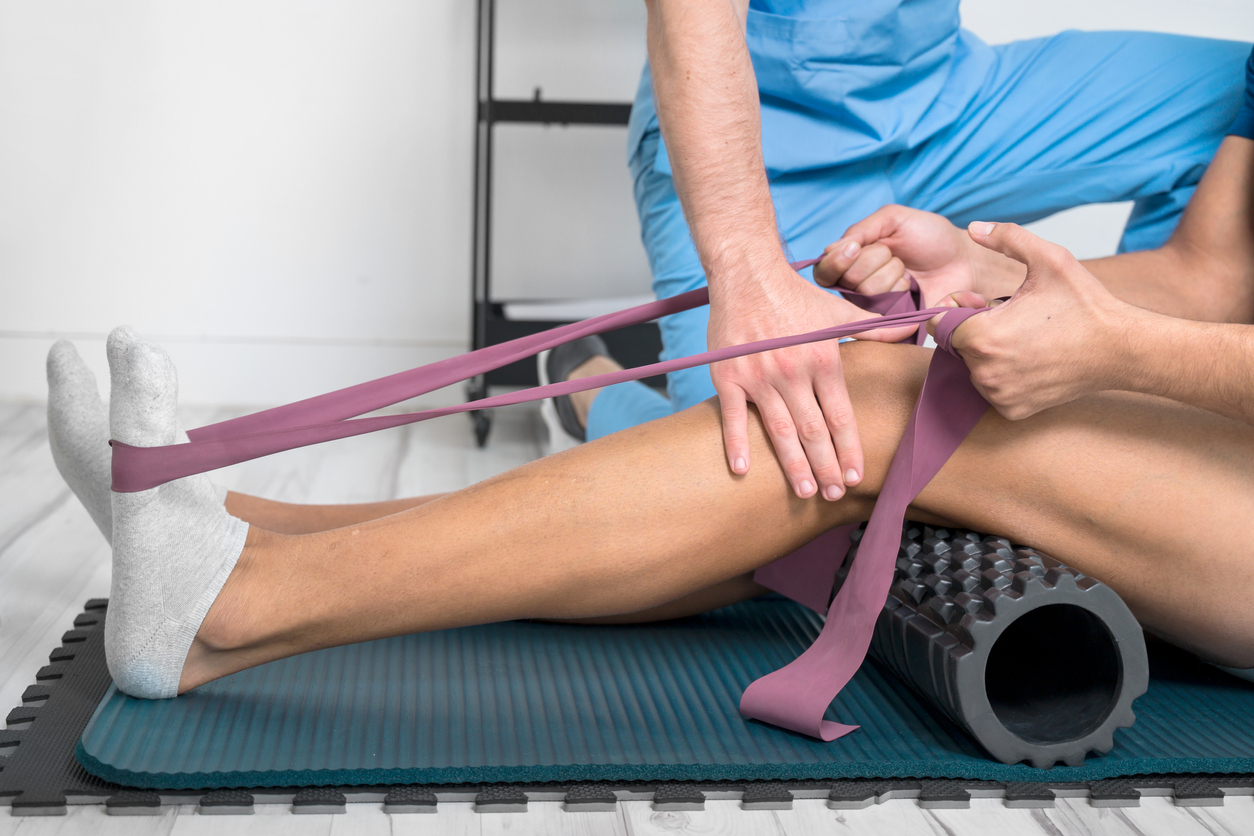Treatments
What to Expect at a Physical Therapy Appointment

What is physical therapy?
The main goals of physical therapy (PT) are to provide pain management, improve mobility, maximize functionality, implement injury recovery, and prevent future damage. A physical therapist evaluates the person and condition to treat illnesses and injuries related to the musculoskeletal (bones and muscles), neurological (brain), cardiopulmonary (heart and lungs) and integumentary (skin) systems.
Physical therapy, also referred to as physiotherapy, is often used as a standard treatment for chronic pain or pain related to an injury. However, many health conditions respond well to physical therapy, including back pain, headaches, diabetes, chronic obstructive pulmonary disease (COPD), etc.
What to expect at a physical therapy appointment
During the first visit to a physical therapist, a medical history will be gathered, and a physical examination will be performed. Treatment goals will be determined, and treatment techniques will be established.
Medical history
An evaluation of the medical history should include detailed symptoms. Information needed includes, but is not limited to, the following:
- Duration of problem
- Symptoms
- Change in physical ability
- What helps or makes the situation worse
- Health conditions
- Medications
- Surgeries or procedures
- Family history
Physical examination
X-rays may be used for detailed information. The physical therapist will perform a physical exam and obtain impairment measurements. These might include, but are not limited to, the following:
- Functional mobility
- Range of motion
- Neurological screening
- Balance
- Strength
- Palpitation
Treatment plan
Once these measurements and tests are completed, the physical therapist will have a better understanding of the condition and treatment plan. They may recommend different types of physical therapy. Physical movement is typically recommended, and at-home exercises may be provided. The frequency of visits, duration of treatment, and what is most beneficial will be discussed.
Treatment
It is possible that the physical therapist may want to start treatment immediately; however, many wait until the second appointment to begin treatment. Physical therapy treatment plans vary individually. There are several types of treatments that physical therapists can offer based on an individual’s needs and health condition. Examples of common treatment options include the following:
- Stretching
- Strength training
- Physical activity
- Transcutaneous electrical neuromuscular stimulation (TENS)
- Temperature therapy\
- Joint mobilization
- Hydrotherapy
- Laser therapy
- Massage
Additional source: Verywell Health


















